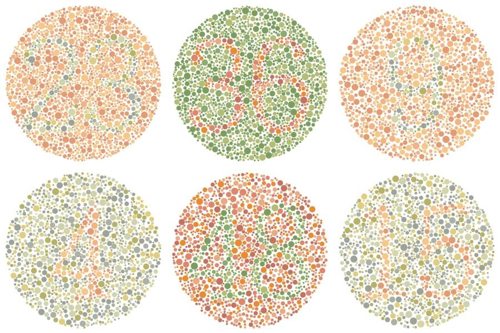Colour blindness is the difficulty distinguishing between red and green, and blue and yellow. It is not a harmful condition and the majority of those who possess it adapt to the deficiency. Colours often appear much duller than they would to people with normal vision and they can find it hard to tell the difference between shades of purple, red, orange, yellow, brown and green.
Notable people such as Keanu Reeves, Eddie Redmayne and Prince William have confessed to being colour blind, with Mark Zuckerberg said to have chosen Facebook’s blue logo as it was easier to distinguish.
The condition is much more common in males, affecting around one in 12 men versus one in 200 women as it is a genetic and hereditary condition passed through the X chromosome.
Could I be colour blind?
The Ishihara plate test is used to identify colour vision deficiency. It was first developed in 1917 by Dr. Shinobu Ishihara, a professor at the University of Tokyo, to test for red-green colour deficiencies.
Using a number of coloured plates which contains a circle of dots appearing in randomised colour and size, a number or shape is clearly visible to those with normal colour vision and difficult to see to those with a red-colour vision defect. Can you see the numbers in the six plates below? If you experience difficulty, you may be colour blind. Answers are at the bottom of the page.

I can’t see the numbers, what should I do?
We recommend booking in for a detailed eye examination at your local Optical Express. Our expert optometrists will carry out a thorough eye test and be able to tell you if you are colour blind. Don’t worry if you are, though, it’s not a serious condition but it is something to be aware of.
Answers to colour test
Top row L-R: 23, 36, 9
Bottom row: 4, 48, 15